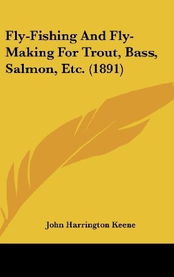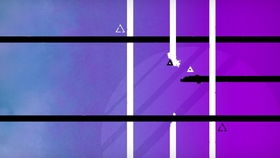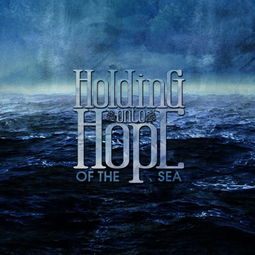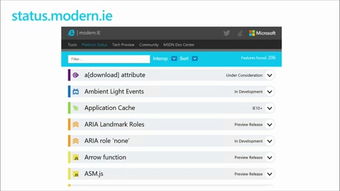Content:
Fly fishing is an art form that combines skill, patience, and a deep connection with nature. Whether you are a beginner or an experienced angler looking to refine your techniques, learning the basics of fly fishing can be a challenging yet rewarding endeavor. In this article, we will provide you with a step-by-step guide on how to learn fly fishing techniques through video tutorials. Get ready to cast your line and catch the fish of a lifetime!

Introduction to Fly Fishing
Before diving into the intricacies of fly fishing, it is important to understand the basics. Fly fishing involves using an artificial fly, which imitates the natural insects and aquatic life that fish feed on. The fly is attached to a long, flexible rod and is manipulated to mimic the movement of real insects. To get started, you will need the following equipment:
- Fly rod: A lightweight, flexible rod designed specifically for fly fishing.
- Fly line: A specialized line that is lighter and more flexible than traditional fishing lines.
- Fly reel: A reel designed to hold fly lines and allow for smooth casting.
- Fly: Artificial flies that mimic insects and other aquatic life.
- Waders: Waterproof pants that keep you dry while wading through streams and rivers.
Choosing the Right Equipment
The first step in learning fly fishing techniques is to select the appropriate equipment. Here are some tips to help you make the right choices:
- Fly rod: The length and weight of your rod should be suitable for the type of fishing you plan to do. Longer rods are ideal for casting long distances, while shorter rods are better for smaller streams and still waters.
- Fly line: Your fly line should match the weight of your rod and the type of fishing you are doing. For beginners, a weight-forward line is a good choice.
- Fly reel: Ensure that your reel is compatible with your rod and line. A fly reel with a smooth drag system is essential for landing fish.
- Fly: There are countless fly patterns to choose from, so start with a basic selection of nymphs, dry flies, and streamers.
Casting Techniques
One of the most critical skills in fly fishing is casting. A well-executed cast can make the difference between catching fish and coming home empty-handed. Here are some casting techniques to master:
- Overhead cast: This is the most common casting method and is used to cast flies to various distances.
- Roll cast: The roll cast is ideal for casting in tight spaces or when your line is hung up on overhanging vegetation.
- Spey cast: The Spey cast is a powerful casting technique used to cast over long distances or across wide rivers.
Entomology and Fly Patterns
Understanding entomology, the study of insects, is crucial for successful fly fishing. Familiarize yourself with the different stages of insect life cycles and how they relate to fly patterns. Here are some essential fly patterns to learn:
- Nymphs: These flies mimic aquatic insects in their larval stage and are effective for fishing in slow-moving water.
- Dry flies: Dry flies are designed to float on the water's surface and imitate adult insects. They are most effective in clear, still water.
- Streamers: Streamers are long, slender flies that imitate baitfish and are effective for catching fish in both still and moving water.
Fly Fishing Techniques Video Tutorials
To help you master fly fishing techniques, we have compiled a list of video tutorials from experts in the field. These tutorials cover a wide range of topics, from casting techniques to fly tying and fish identification. Here are some resources to get you started:
- YouTube channel: Fly Fishing Videos
- Website: Fly Fishing Basics
- Online course: Udemy Fly Fishing Course
Practice, Practice, Practice
The key to becoming a skilled fly fisherman is practice. Spend time on the water, casting your line and experimenting with different techniques. The more you practice, the better you will become at reading water, understanding fish behavior, and executing casts with precision.
In conclusion, learning fly fishing techniques requires patience, practice, and a willingness to learn. By utilizing video tutorials and following our step-by-step guide, you will be well on your way to becoming a proficient fly fisherman. Cast your line, embrace the challenge, and enjoy the beauty of fly fishing!












